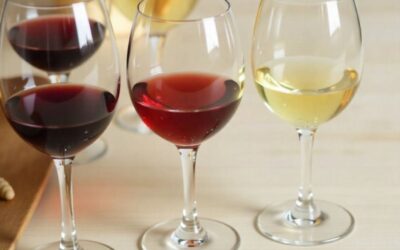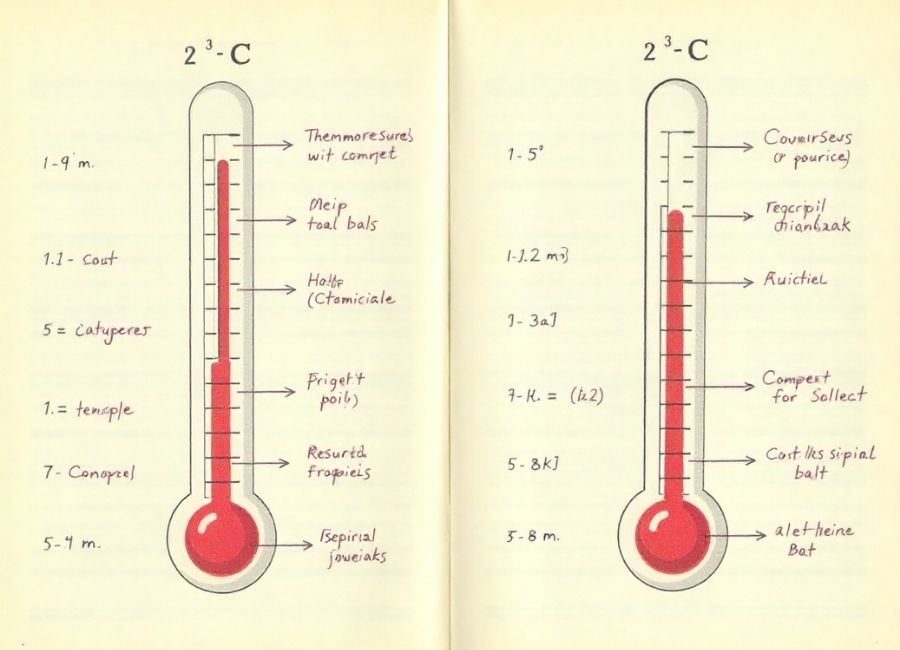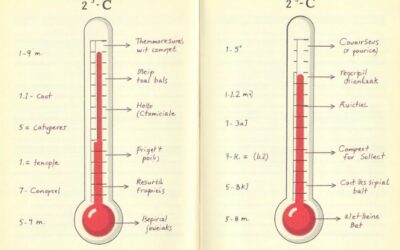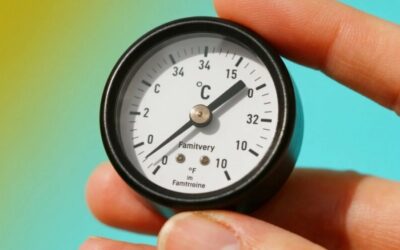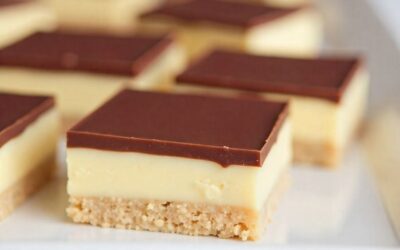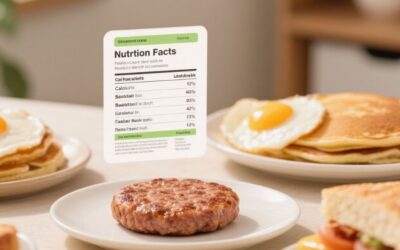Many of us are taking a closer look at our lifestyle choices, aiming for a healthy balance in our diet—including what we choose to drink. For wine lovers, understanding the calorie content of different varieties is key to enjoying a glass without derailing health goals.
This guide will explore the calories in red, white, and sparkling Wine. We’ll examine what influences a wine’s calorie count and offer tips for making mindful choices. By the end, you’ll have a clear picture of how to fit Wine into a balanced lifestyle.
Why calories matter for wine drinkers

Alcoholic drinks can contribute a surprising number of “empty calories” to your diet. Unlike nutrient-dense foods, these beverages offer calories with little to no nutritional value. The two main factors determining a wine’s calorie count are its alcohol by volume (ABV) and its residual sugar content.
- Dry wines have less residual sugar because most of it is converted to alcohol during fermentation. This generally results in a lower calorie count.
- Sweet wines and dessert wines retain more sugar after fermentation, which means they contain more calories per glass.
- Fortified wines, like Port or Sherry, have a higher alcohol content due to the addition of spirits, making them more calorie-dense.
- Sparkling wines are typically lower in calories than sweet wines, but the count still varies depending on their sweetness level (e.g., Brut vs. Demi-Sec).
Comparing the calorie counts of different wines can help you make choices that align with your health and wellness goals.
Calories in Wine by type (per 5 oz glass)

A standard serving of Wine is considered to be 5 ounces (about 150 ml). However, it’s easy to pour more than that, especially with larger glasses. Being mindful of your pour size is a simple way to manage calorie intake.
Here’s a general breakdown of the average calories per 5-oz serving for different types of Wine:
- Dry White Wine (e.g., Sauvignon Blanc, Pinot Grigio): 100–120 calories
- Sweet White Wine (e.g., Riesling, Moscato): 150–180 calories
- Dry Red Wine (e.g., Pinot Noir, Gamay): 115–140 calories
- Full-Bodied Red Wine (e.g., Cabernet Sauvignon, Malbec): 140–165 calories
- Sparkling Wine (e.g., Brut Champagne, Prosecco): 110–130 calories
- Dessert Wine (e.g., Sauternes, Ice Wine): 160–230 calories
- Fortified Wine (e.g., Port, Sherry): 200–250 calories
As you can see, a glass of red Wine typically ranges from 115 to 165 calories, while white Wine is usually between 100 and 145 calories. Desserts and fortified wines contain the highest number of calories.
Key factors that influence wine calories
The calorie count in your glass isn’t arbitrary. It’s determined by a few key elements of the Wine itself and how you drink it.
Alcohol content (ABV)
Alcohol is a significant source of calories in Wine, containing about seven calories per gram. This means that wines with a higher ABV will naturally have more calories. A full-bodied Zinfandel with 15% ABV will be more caloric than a light-bodied Pinot Grigio at 11% ABV, even if both are dry.
Residual sugar
Residual sugar is the natural grape sugar left over after fermentation stops. Wines that are described as “sweet” or “off-dry” have a higher concentration of this sugar, which adds to the total calorie count. Dry wines have very little residual sugar, making them a lower-calorie option.
Serving size
This is a simple but crucial factor. A standard glass of Wine is 5 ounces, but many modern wine glasses can hold much more. Pouring a larger glass can unknowingly double your calorie intake. Using a measuring tool or a smaller glass can help you stick to a standard serving.
How to find low-calorie wine options
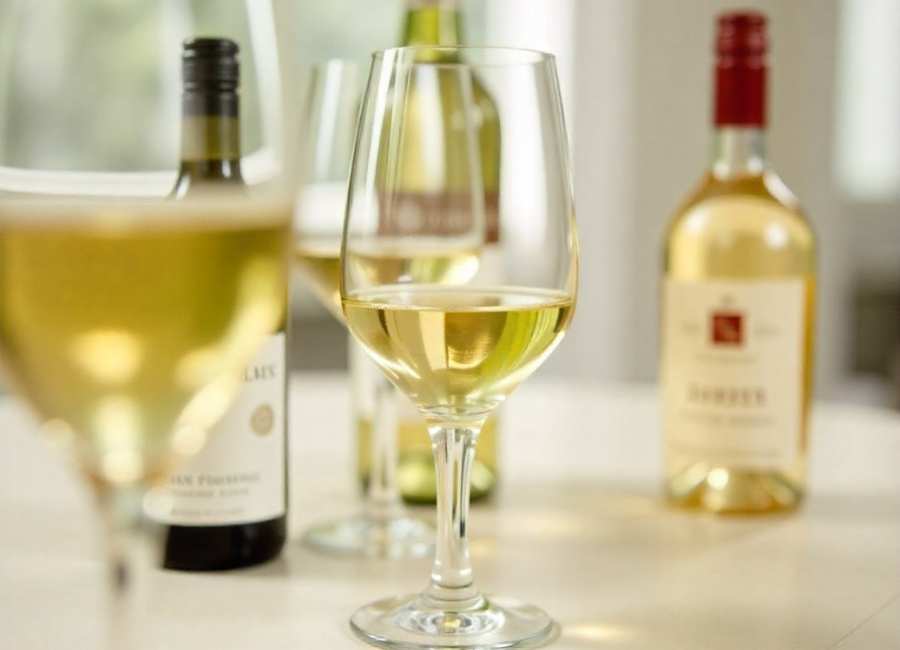
If you’re looking for a more calorie-conscious choice, there are plenty of excellent options available. The key is to look for dry wines with a lower alcohol content.
Here are some great low-calorie wine varieties to try:
- Dry White Wines: Look for Pinot Grigio, Albariño, and Sauvignon Blanc. These are typically crisp, refreshing, and contain between 100 and 120 calories per glass.
- Dry Red Wines: Lighter-bodied reds like Pinot Noir and Gamay are excellent choices, usually falling in the 110–130 calorie range.
- Contain very little added sugar, making them a festive and low-calorie option. Sparkling Wines: Brut Champagne and other “extra brut” sparkling wines contain very little added sugar, making them a festive and low-calorie option, with around 110–130 calories.
By choosing these styles, you can enjoy a glass of Wine without consuming excess sugar or calories.
Frequently Asked Questions (FAQ)
How many calories are in a glass of red Wine?
A 5-ounce glass of red Wine typically contains between 115 and 165 calories. Lighter-bodied reds like Pinot Noir are on the lower end (around 125 calories), while fuller-bodied reds like Cabernet Sauvignon are on the higher end.
Is red Wine or white Wine lower in calories?
Generally, white wines tend to be slightly lower in calories than red wines. A standard glass of dry white Wine has about 100-120 calories, whereas a glass of dry red Wine has about 115-140 calories. However, a sweet white wine will have more calories than a dry red wine.
How does sugar content affect calories in Wine?
Sugar contains about four calories per gram. The more residual sugar a wine has, the higher its calorie count will be. This is why sweet dessert wines are significantly more caloric than dry wines.
Can I drink Wine and still lose weight?
Yes, you can. The key is moderation and making smart choices. Opt for lower-calorie, dry wines and be mindful of your serving sizes. Incorporating Wine into a balanced diet and an active lifestyle is more sustainable than complete restriction.
Make informed choices
Enjoying Wine and maintaining a healthy lifestyle don’t have to be mutually exclusive. By understanding what contributes to the calorie count in a glass of Wine, you can make more informed decisions that suit your needs.
When you’re choosing your next bottle, remember to check the alcohol content and opt for drier styles if you’re watching your calorie intake. Most importantly, practice mindful consumption by savoring your Wine in standard serving sizes. This allows you to appreciate the nuanced flavors and aromas without overindulging.
With this knowledge, you can confidently raise a glass to a balanced and enjoyable lifestyle.
Conclusion
Reducing your calorie intake doesn’t mean you have to give up enjoying Wine. By following these simple tips, you can savor your favorite drink while staying mindful of your health goals. Remember, moderation and making informed choices are key to maintaining a balanced lifestyle. Cheers to enjoying Wine responsibly!










